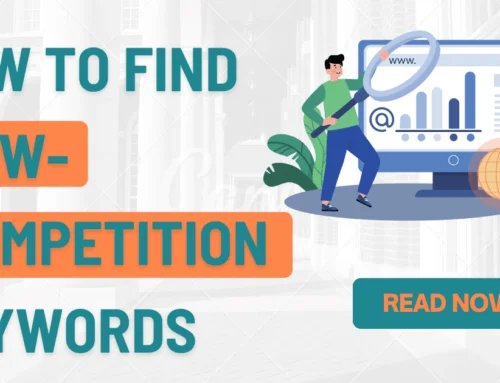Marketing and advertising are so ubiquitous that many people don’t even know they exist. Advertising and traditional marketing are all part of the same venture. For many years, marketers focused on what messages they could send to potential customers. This tactic is known as outbound marketing and has been successful for many years.
Personal computers introduced us to the digital age. Thus, marketers started to experiment with ways to get customers without engaging in outbound advertising. Inbound marketing was born using search engine algorithms and keywords.
Successful marketing results require both an inbound and an outbound strategy. Combining outbound and inbound marketing can result in cyclical brand development that grows with each campaign. Let’s find out what the differences are between outbound and inbound marketing. Learn how these strategies interact and how you can make the most of both forms of marketing.
What Is Outbound Marketing?
Most people associate outbound marketing with the term marketing. This type of marketing can include billboards in newspapers and magazines, direct mails to customers, cold calls, junk mail, and brochures.
Outbound method has seen a boom in popularity due to increased communication. The internet provided new marketing options, including pop-ups or display ads on any site, whether it be personal blogs or news sites. However, technology like DVRs and ad blocking have made outbound advertising less effective than it was years ago. As a result, marketing messages are ignored or skipped by consumers.
What is Inbound marketing?
Unlike outbound marketing, inbound marketing involves consumers being drawn in by engaging content that a company shares. Marketers create blogs, white papers, and newsletters that are free from sales pitches. By answering customers’ questions and providing relevant content, inbound marketing gently guides potential customers through the marketing funnel. Inbound content can also include paid search ads, keyword discovery, and search engine optimization.
Outbound marketing vs. Inbound Marketing: What are the main differences?
Personalization is the key difference between these two marketing strategies. Outbound marketing is similar to casting a broad net and catching consumers with best practices in writing, design, and branding. Also known as content marketing, inbound marketing refers to a strategy that creates personalized connections and relevant content for individual consumers.
Outbound marketing strategies are more disruptive. Although clients experience this method, they don’t always seek it out. Inbound marketing, on the other hand, is relevant content that consumers can access in the background. In addition, inbound marketing techniques focus on consumers’ wants and needs, while outbound market strategies are more focused on the brand or product needs.
Outbound marketing is complementary to inbound
It is important that you remember that intrusive doesn’t necessarily mean a bad thing. Instead, it means that some content or ads are placed within reach of a consumer without their permission. Outbound marketing can be a powerful way for new companies to establish brand recognition among their target audience.
Outbound advertising can also help you determine where your target audience will be most likely to read your content. For example, one person may mention that they saw your brand on YouTube. Another consumer might mention they’ve seen your brand featured in a display advertisement with his favorite blogger. These examples can be used by marketers to help them take the next step in their inbound marketing efforts.
We can use the same examples to show that inbound marketing could be a series of educational videos or guest posts from brands. Also, outbound marketing informed inbound market strategies.
In the end, both strategies work together to achieve overall marketing goals.
Which marketing strategy is more effective?
Traditional and online marketing both depend on the business goals. There is no right or wrong way of marketing. However, here are some factors that will determine whether or not an outbound marketing strategy is more effective than an inbound one.
Reputation
Over the past decades, outbound marketing has been criticized. Marketers have been discouraged from using it too much due to manipulative marketing messages, over-the-top and in-your-face messages, and pushy campaigns. On the other hand, inbound marketing is subtler and more appreciated by customers because it is targeted.
Price
Inbound marketing offers the best value for money. Inbound marketing costs are 62% lower than those of outbound. Outbound marketing rates can be costly across the board, increasing the pressure on marketing budgets overall.
Outbound marketing is faster to deliver results, especially if you use Ad retargeting that targets similar audiences (i.e., the data collected from other similar sites). However, inbound marketing can take time to set up and maintain results.
Inbound Technique Basics
Inbound marketing relies heavily on personalization and targeting. This means you need to make sure you know who your target customer is and how they would like to use your content. First, a buyer profile should be developed. It should include information such as where the customer would like to find helpful content and their questions. Next, use the buyer profile to determine the needs of your customer and create an SEO strategy. Finally, keep an eye on your metrics, and measure as you go.
If you need any help regarding these two marketing strategies, please feel free to reach out Getbacklinks. We are here to assist you.



